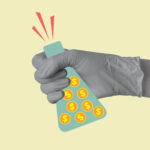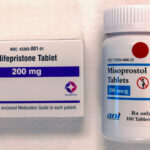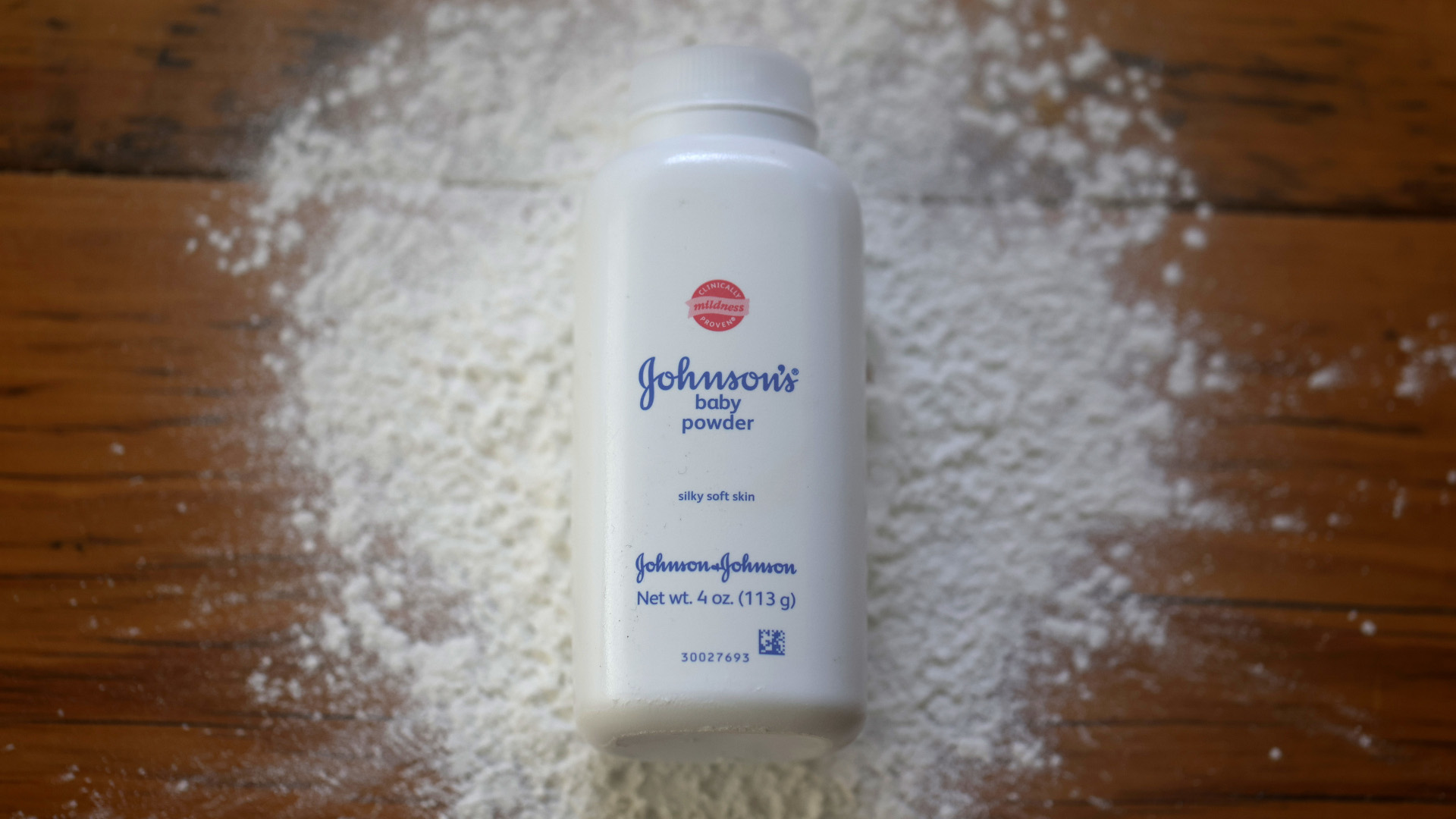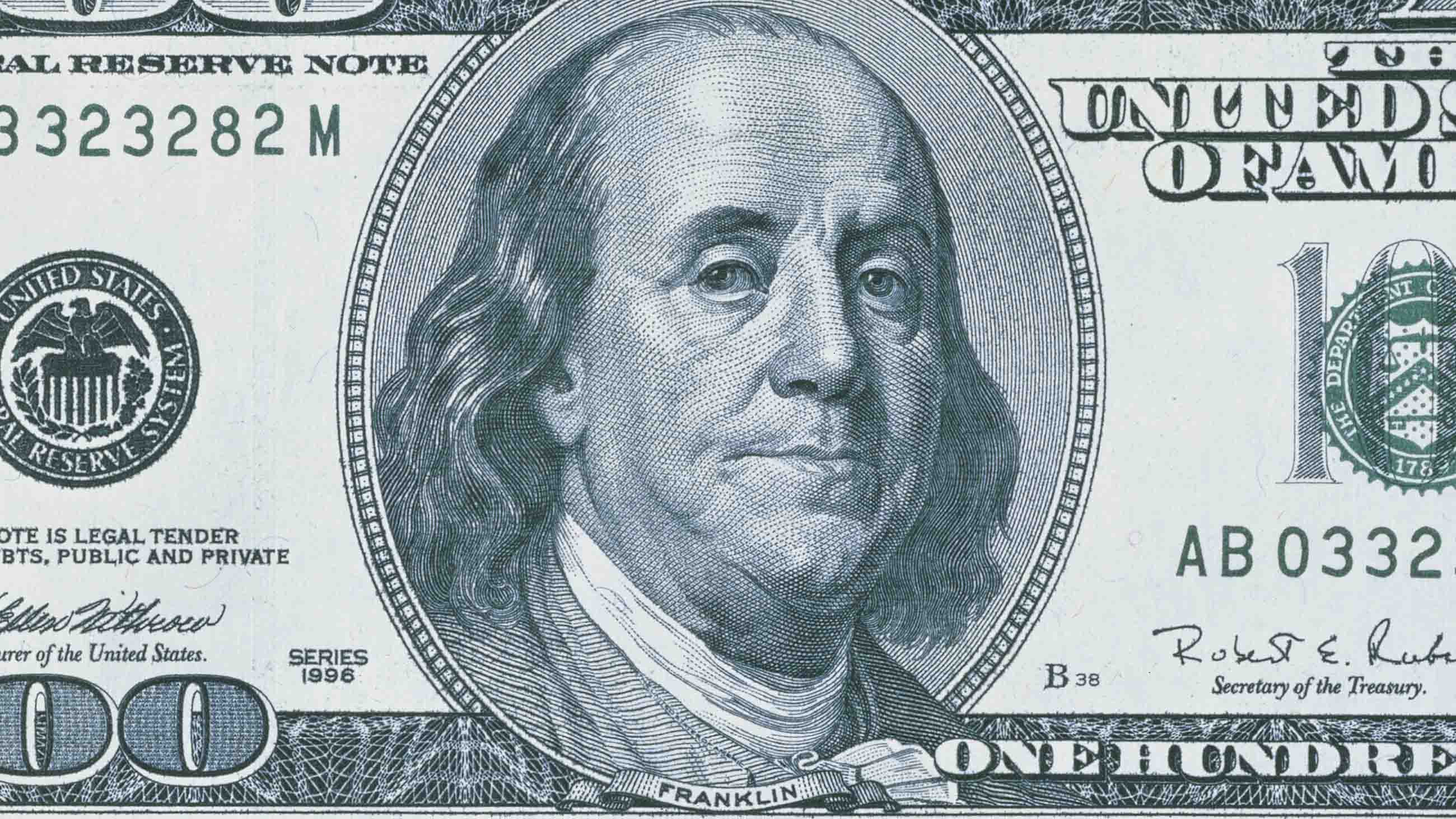Near the beginning of “No More Tears: The Dark Secrets of Johnson & Johnson,” Gardiner Harris’s scathing exposé of the iconic pharmaceutical giant, he writes, “To me, my family, and everyone I knew, Johnson & Johnson was the ideal American corporation.” But in this forensic tour de force, he chronicles the many ways in which the health care behemoth repurposed science to protect profit — lying in sworn testimonials, massaging trial data, pouring billions into litigation, and sacrificing the lives and health of millions of Americans.

BOOK REVIEW — “No More Tears: The Dark Secrets of Johnson & Johnson,’’ by Gardiner Harris (Hamish Hamilton, 384 pages).
To understand the scale of that betrayal, Harris begins not with a drug, but with arguably the company’s most iconic product: Johnson’s Baby Powder. Introduced in 1894 and packaged in soft white and blue tones, the baby powder came to embody the purity, safety, and primal power of maternal care. The fragrance alone — engineered from more than 200 compounds — has imprinted itself onto olfactory memory.
As Harris explains, the company referred to the powder as its “crown jewel” and “Golden Egg.” Other companies had “rational” trust, a 1999 slide deck boasted, but “only Johnson & Johnson also has real emotional trust.” That trust was treated as the company’s most precious resource, “vital in creating and sustaining unusually strong beliefs amongst the company’s employees that J&J is uniquely ethical and an abiding force for good in the world,” Harris writes. It was a faith the company would protect with ruthless resolve, as it diversified into an ever-expanding portfolio of drugs and medical devices — from opioids and antipsychotics to anemia treatments and surgical mesh.
Yet that faith — so central to J&J’s identity — would slowly blind employees to the company’s own ethical lapses and medical misdeeds, with devastating consequences. This story required a reporter with access, endurance, and ethical clarity. Harris brings all three as a former New York Times and Wall Street Journal reporter who has been a Pulitzer Prize finalist, won the George Polk Award for his investigative work on coal companies, and whose reporting on Bristol-Myers Squibb led to a criminal investigation.
In tackling J&J, Harris draws on an arsenal of proof: hundreds of interviews, thousands of pages of documents, and testimony from whistleblowers and formerly sealed grand jury records. As he concedes, providing grand jury files to a reporter “is a criminal offense, but my sources put themselves at considerable risk because they found the company’s conduct so singular.”
Founded in 1886, Johnson & Johnson was for decades a symbol of responsible American enterprise, producing many medicated plasters and dressings. In 1982, cyanide-laced capsules of the company’s pain reliever Tylenol killed seven people in the Chicago area. The company’s swift response — pulling 31 million bottles from shelves, issuing public warnings, and reintroducing Tylenol within weeks in tamper-evident packaging that set a new industry standard — is still taught in business schools.
In tackling J&J, Gardiner Harris draws on an arsenal of proof: hundreds of interviews, thousands of pages of documents, and testimony from whistleblowers and formerly sealed grand jury records.
As Harris notes, “Many of the company’s products are lifesavers, including medicines to treat HIV, cancer, and rheumatoid arthritis. Seven in ten patients globally who undergo surgery are stitched up with Johnson & Johnson sutures.” Even critics of J&J might concede that no one makes a better Band-Aid. A minor miracle of adhesive and gauze, it has patched up generations of skinned knees.
Yet even after decades of studies confirmed the talc in Johnson’s Baby Powder was contaminated with asbestos — which one pooled analysis estimated could account for up to 15 percent of ovarian cancer deaths in Los Angeles County — the company denied and deceived. A damning 1976 study from Mount Sinai found asbestos contamination in 10 of 20 talcum powders obtained at retail stores in New York City, which included samples of baby powders. This research prompted what Harris calls a “scorched-earth public relations campaign” with the “goal of tarnishing the Mount Sinai work.” The company eventually convinced Mount Sinai to issue a retraction, but as late as 2019, FDA tests confirmed the contamination. By then, competitors had long since switched to cornstarch.
“Talc-based Johnson’s Baby Powder remained on the market for fifty years longer than it should have,” Harris writes. It’s worth noting, however, that the exact risk has been disputed, and that scientific findings on talc and cancer are muddied by recall bias.
A judge recently rejected the company’s $8.9 billion offer to settle tens of thousands of lawsuits, and J&J now states it intends to fight each claim in civil court.

Harris also highlights Risperdal, an antipsychotic pushed by J&J for off‑label use among children and the elderly that can trigger gynecomastia in boys — breast growth treatable only by mastectomy. The original label put the risk at fewer than one patient in a thousand. Yet when a 2001 company re‑analysis of 151 boys put the risk at 3.8 percent, Janssen (J&J’s pharmaceutical subsidiary) never forwarded that number to the FDA. Harris shows how company‑funded statisticians shrank the risk on paper — removing boys over age 10 and folding girls into the denominator.
Harris argues that the incidence with long‑term, higher‑dose use may in fact approach one in ten; Janssen’s own data, revealed in court documents, pegs it at about 5.5 percent in a one-year trial, and as high as 12.5 percent after two years.
Another target of Harris’s reporting is Procrit, a drug designed to treat anemia. Beginning in 1993, with FDA approval for treatment of some chemotherapy patients, it was promoted to oncologists as “the natural way to regain blood cells lost during chemotherapy.” Harris details how the agency required a study to prove the drug safe in cancer patients, and though J&J announced it had begun enrolling patients in such a study, years passed with no further updates. Eventually, studies showed the drug functioned, as one oncologist put it, like “Miracle-Gro for cancer,” writes Harris. In 2003, a study in The Lancet made clear that the drug was killing cancer patients, and four years later the FDA added a warning advising that Procrit should not be given to patients “when the anticipated outcome is cure.”
The company’s estrogen patches, meanwhile, delivered twice as much estrogen as low-dose birth control pills, doubling the risk of clots, and its metal-on-metal hip implants were launched in spite of the fact that nearly identical ones had failed a quarter of a century earlier.
Pelvic mesh, meant to treat sagging bladders, was “the final step in its moral descent,” writes Harris. Introduced in 1996 and produced by several companies, the mesh led to organ damage, sexual dysfunction, scar contraction, and chronic pain and infection. According to Harris, when J&J learned that mesh with a larger pore size was better tolerated and safer, it still pushed the smaller size for profit.
Other Johnson & Johnson mainstays that Harris scrutinizes include the Duragesic fentanyl patch, which allegedly led to fatal overdoses due to its reservoir technology, and Tylenol, which has long faced debates over its maximum recommended dosage.
It’s a rare villain that operates alone — and J&J was surrounded by institutions and individuals willing to stay silent. In Harris’s telling, the complicity of the Food and Drug Administration is breathtaking. As he notes, the FDA is largely funded by the companies it regulates; in recent years, media reports have found some 75 percent of the agency’s drug division budget comes from industry fees. Many FDA officials later work for pharmaceutical companies, creating potential conflicts of interest. And the flood of television ads for prescription medicines is so overwhelming, Harris contends, that the agency cannot adequately monitor misleading claims.
Johnson & Johnson’s “decades-long transformation from ethical to evil mirrors the slow-motion metamorphosis of American healthcare from best to worst, protected by smokescreens of disinformation and mythologizing.”
Too often, the author notes, science journalists have soft-pedaled alarming data. But not everyone kept their head down and took the money. The case that Harris builds — mounting in intensity from chapter to chapter like Ravel’s “Bolero” — rests on people who knew the cost of speaking — and did so anyway. Researchers like Paul Goldberg, the editor of The Cancer Letter, who cited a breast cancer trial that found nearly three times the amount of deaths in women receiving Procrit. Or doctors like Stefan Kruszewski, a speaker for Johnson & Johnson, who finally refused to cooperate: “I was given slides and told, ‘We’ll give you a thousand dollars if you say this for a half hour.’ And I said: ‘I can’t say that. It isn’t true.’” Or sales reps like Vicki Starr, the first of five whistleblowers “who filed suit against Johnson & Johnson in 2004 and 2005 alleging that the company was illegally promoting Risperdal for off-label uses.”
Johnson & Johnson traded on that most fundamental act of care — the tender touch between mother and child. In his thoughtful conclusion, Harris suggests reforms to counter corporate overreach, including taxpayer funding for the FDA, banning doctors from accepting payments or gifts from the companies whose drugs or devices they prescribe, and prosecuting those who lie under oath.
In the end, he sees J&J’s story as something of a quintessentially American parable — and a reflection of American health care in general. “Its decades-long transformation from ethical to evil,” he writes, “mirrors the slow-motion metamorphosis of American healthcare from best to worst, protected by smokescreens of disinformation and mythologizing.”
Gillian Neimark is a writer based in Macon, Georgia, whose work has been featured in Discover, Scientific American, Science, Nautilus, Aeon, NPR, Quartz, Psychology Today, and The New York Times. She is the author of “The Hugging Tree.”












And like almost every essay about the talc/asbestos brouhaha, the gorillas in the room are, a). Yes, there’s detectable asbestos, but at what ppb in each of those samples? and b). What is the biological mechanism(s) that gets the xx concentration of asbestos, applied externally, that triggers ovarian cancer … other than correlation? Yeah, all the other sins are egregious, but I’m still highly skeptical about the talc/asbestos/ovarian cancer link.